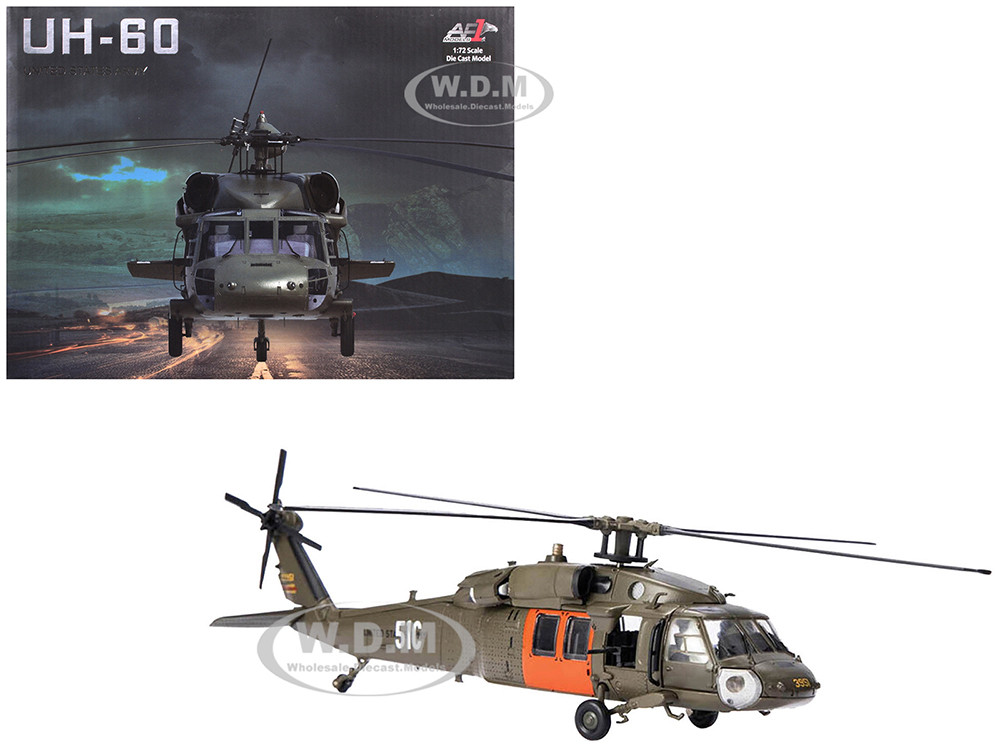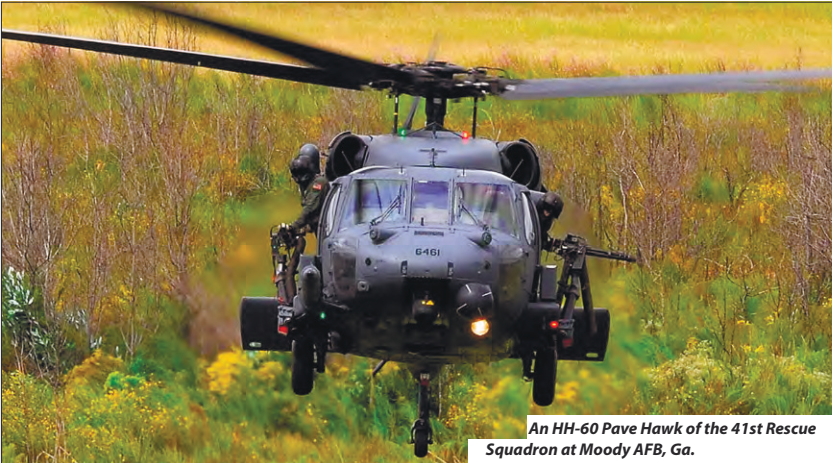Discovering the Background and Development of the UH 60 Helicopter

Origins of the UH-60
The beginnings of the UH-60 helicopter can be traced back to the late 1960s, a duration noted by the demand for a flexible energy airplane that can adapt to the progressing demands of modern warfare. The U.S. Army recognized the necessity for a substitute for the older UH-1 Iroquois, which was ending up being significantly insufficient for the intricacies of contemporary combat scenarios. In 1967, the Army started the Utility Tactical Transport Airplane System (UTTAS) program, which sought to establish a multi-role helicopter qualified of various goals, consisting of troop transportation, medical evacuation, and logistical assistance.
The style competition attracted numerous aerospace manufacturers, but it was Sikorsky Airplane Company that inevitably safeguarded the agreement in 1972. The UH-60 Black Hawk was introduced, showcasing ingenious design components and advanced innovation that set it in addition to its precursors. Its maiden trip took place in 1974, and the airplane was officially embraced by the Military in 1979. The UH-60 promptly gained recognition for its robust performance, integrity, and flexibility, leading the way for its comprehensive usage in armed forces operations and strengthening its condition as a keystone of united state Military aeronautics.
Trick Style Features
Innovative style attributes of the UH-60 Black Hawk dramatically add to its functional performance. One of one of the most remarkable aspects is its twin-engine setup, which boosts reliability and offers a higher power-to-weight ratio, enabling the helicopter to execute under numerous conditions. The aircraft's four-blade main rotor system provides improved lift and ability to move, necessary for tactical goals.

Additionally, the cockpit is developed for optimal visibility and functional designs, featuring advanced avionics that improve pilot operations. The modular design of the UH-60 enables easy upkeep and flexibility, making it suitable for numerous mission accounts, from troop transportation to medevac operations. These essential layout features ensure that the UH-60 Black Hawk continues to be a functional and dependable property in armed forces air travel, capable of fulfilling the needs of modern-day war.
Technical Improvements
Recent technical improvements in the UH-60 Black Hawk have actually dramatically enhanced its operational capabilities and adaptability. The combination of innovative avionics, such as digital trip control systems and enhanced situational recognition display screens, enables pilots to run with increased precision and performance. These systems facilitate improved navigation, interaction, and information sharing, enabling the helicopter to function effectively in diverse environments.
Furthermore, the introduction of composite products has actually lowered the total weight of the airplane while preserving architectural stability. This reduction boosts fuel performance and expands functional variety. The unification of innovative blades modern technology, consisting of using four-blade, totally articulated rotor systems, has boosted lift performance and ability to move, permitting better handling in different flight problems.

Furthermore, developments in propulsion systems, such as the T700-GE-701D engines, have increased power outcome and dependability - uh 60. These engines add to go to these guys exceptional performance in high-altitude and hot-weather problems
Lastly, the integration of self-defense systems and boosted sensor bundles boosts the Black Hawk's survivability and goal efficiency. Collectively, these technological renovations ensure that the UH-60 Black Hawk stays a crucial property in modern-day air travel, qualified of adjusting to the evolving needs of humanitarian and army missions.
Function in Armed Force Workflow
As the backbone of U.S. Military aviation, the UH-60 helicopter plays a crucial role in different armed forces procedures, functioning as a functional system for battle support, transport, and medevac objectives - uh 60. Its design includes the ability to run in varied settings, making it essential for troop motion and logistical assistance in both unusual and standard war

In medical discharge scenarios, the UH-60 has confirmed indispensable, substantially lowering the moment to transfer damaged soldiers from the combat zone to medical facilities. Its sophisticated avionics and night vision abilities further make certain mission success under challenging problems. Overall, the UH-60 helicopter remains a crucial property, continually adjusting to fulfill the evolving demands of armed forces procedures and enhancing the performance of U.S. pressures worldwide.
Future of the UH-60
Looking ahead, the future of the UH-60 helicopter includes substantial developments in technology and capabilities designed to improve its operational efficiency. As military operations develop, the UH-60 is anticipated to include advanced innovations, consisting of improved avionics, enhanced tools systems, and progressed interaction devices. These enhancements will permit higher situational understanding and objective adaptability, making certain that the UH-60 stays an important asset on the battleground.
One notable development is the combination of fly-by-wire systems, which will enhance flight control accuracy and reduce pilot workload. Furthermore, initiatives to upgrade the airframe and engines aim to boost variety, rate, and haul ability, therefore broadening the helicopter's operational range (uh 60).
The future likewise holds promise for enhanced interoperability with unmanned aerial systems (UAS), making it possible for coordinated goals that leverage both manned and unmanned capabilities. Additionally, the consolidation of expert system and artificial intelligence can maximize trip dynamics and maintenance processes, leading to decreased operational costs.
Verdict
The UH-60 Black Hawk helicopter stands for a substantial accomplishment in armed forces air travel, developing from the U.S. Army's preliminary demands for a flexible energy airplane. Its ingenious layout functions and continuous technical innovations have actually ensured its relevance site in numerous armed forces operations over internet the years. As the demands of modern war adjustment, the future of the UH-60 will likely include more improvements and adaptations, enhancing its condition as a crucial possession for armed forces worldwide.
The UH-60 Black Hawk helicopter stands for a significant landmark in armed forces aviation, arising from the U.S. Military's mission for a more functional and reliable energy airplane in the late 20th century.The origins of the UH-60 helicopter can be mapped back to the late 1960s, a period marked by the demand for a flexible utility aircraft that can adapt to the advancing demands of modern-day warfare. On the whole, the UH-60 helicopter stays an essential possession, continually adapting to fulfill the developing needs of military procedures and enhancing the efficiency of United state pressures worldwide.
Looking ahead, the future of the UH-60 helicopter entails significant improvements in technology and abilities made to improve its functional performance.The UH-60 Black Hawk helicopter represents a considerable success in military air travel, evolving from the U.S. Army's initial needs for a functional utility aircraft.